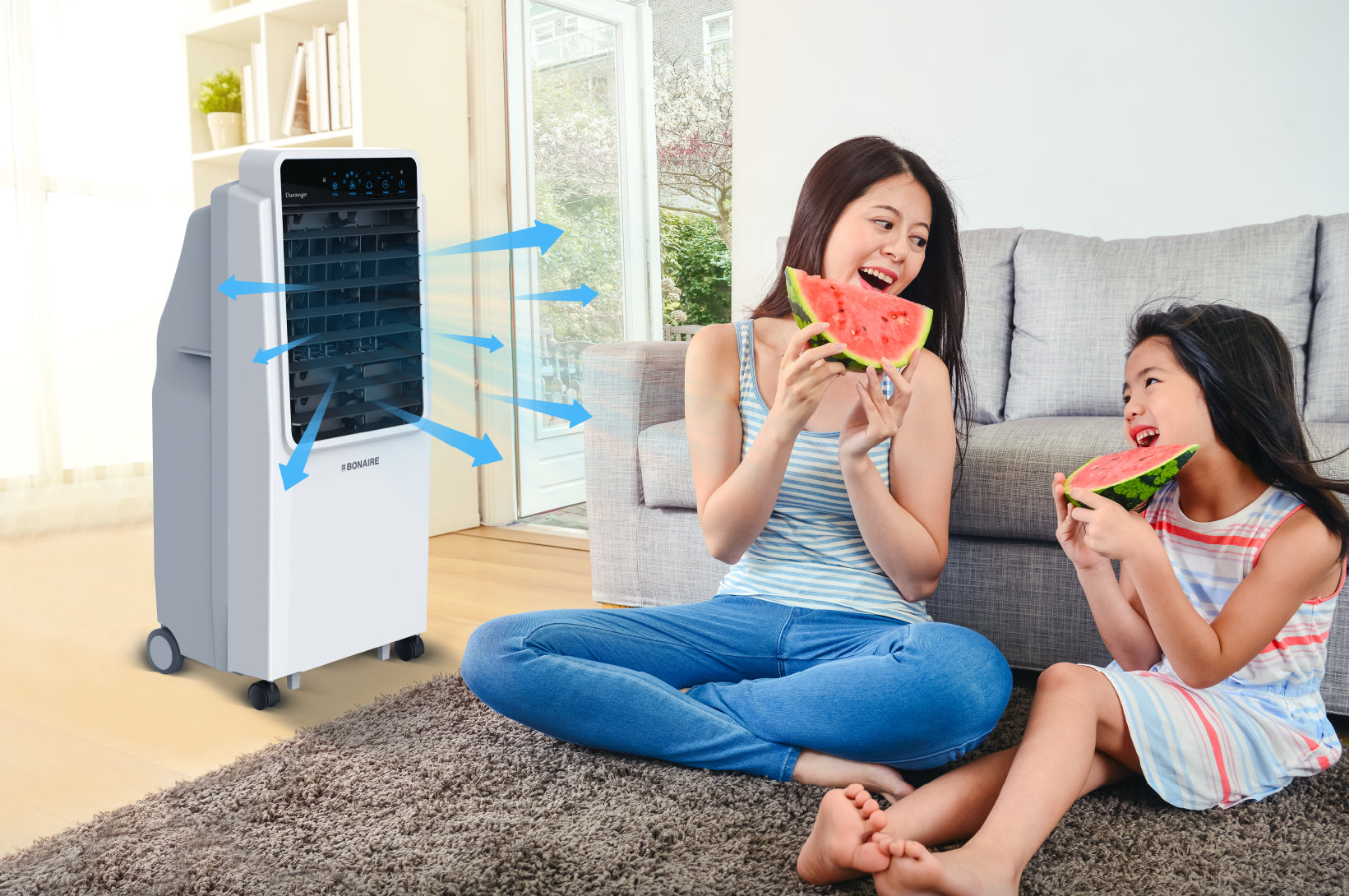

Articles
How Evaporative Air Cooler Works
Modified: January 19, 2024
Learn how evaporative air coolers work with our comprehensive guide. Read our articles to understand the science behind these energy-efficient cooling solutions.
(Many of the links in this article redirect to a specific reviewed product. Your purchase of these products through affiliate links helps to generate commission for Storables.com, at no extra cost. Learn more)
Introduction
As temperatures soar, finding effective ways to beat the heat becomes a top priority. One popular solution is the use of evaporative air coolers, also known as swamp coolers. These devices offer an energy-efficient and environmentally-friendly alternative to traditional air conditioning systems.
The principle behind evaporative cooling is simple but effective. By harnessing the natural process of evaporation, these coolers can significantly reduce the temperature of the surrounding air, providing a refreshing and comfortable environment.
In this article, we will take an in-depth look at how evaporative air coolers work, the components that make up these systems, how they operate, and the benefits and limitations of using them. Whether you are considering purchasing an evaporative air cooler or simply curious about how they function, this article will provide you with all the information you need to know.
Key Takeaways:
- Evaporative air coolers harness the power of water evaporation to provide energy-efficient and eco-friendly cooling. They are ideal for dry climates, offering improved air quality and natural humidification benefits.
- While evaporative air coolers offer cost-effective and environmentally friendly cooling, they are most effective in dry climates and have limitations in humid conditions. Regular maintenance is crucial for optimal performance and longevity.
Read more: What Is An Evaporative Air Cooler
Principle of Evaporative Cooling
The principle behind evaporative cooling is based on the fact that water absorbs heat when it evaporates. When water molecules transition from a liquid to a gas state, they gain energy from the surrounding environment, causing a cooling effect. This process is commonly observed when we sweat – the evaporation of sweat on our skin helps to cool us down.
Evaporative air coolers utilize this natural cooling process to lower the temperature of the air in a room or space. These coolers consist of pads or filters soaked in water, a fan, and a motor. The pads or filters absorb water from a reservoir and the fan draws outside air through them. As the air passes through the damp pads, the water evaporates, absorbing the heat from the air and reducing its temperature. The cooled air is then circulated back into the room, creating a comfortable and refreshing environment.
It’s important to note that evaporative cooling works best in dry climates where the humidity is low. This is because the evaporation process is more effective when the air is dry, as there is a greater capacity for moisture absorption. In areas with high humidity, the air is already saturated with moisture, making it more difficult for the water to evaporate and achieve a significant cooling effect.
The efficiency of an evaporative air cooler is measured by its “evaporative cooling efficiency,” which is the ratio of the amount of heat removed from the air to the amount of water evaporated. This efficiency is typically expressed as a percentage and can vary depending on factors such as the size of the cooler, the quality of the pads, and the prevailing conditions of the environment.
Overall, the principle of evaporative cooling is a natural and energy-efficient way to reduce the temperature of a space. By harnessing the power of evaporation, these coolers offer a sustainable and cost-effective solution for cooling indoor and outdoor areas.
Components of an Evaporative Air Cooler
An evaporative air cooler consists of several key components that work together to provide efficient and effective cooling. Understanding these components will give you a better grasp of how the system operates. Let’s take a closer look:
- Water Reservoir: This is the container that holds the water for the cooling process. It is typically located at the bottom of the air cooler and can vary in size depending on the model. The water reservoir is designed to be easily accessible for refilling or cleaning as needed.
- Water Pump: The water pump is responsible for circulating the water from the reservoir to the cooling pads or filters. It ensures a consistent flow of water, allowing for proper evaporation and cooling.
- Cooling Pads/Filters: These are the heart of the evaporative cooling system. The cooling pads or filters are made from porous materials such as aspen wood, cellulose, or synthetic fibers. They are placed in front of the air intake of the cooler and soak up the water from the reservoir. As the hot air from outside passes through these damp pads, the water evaporates, significantly reducing the temperature of the air.
- Blower/Fan: The blower or fan inside the air cooler draws the outside air through the wet cooling pads and pushes it into the room. The fan speed can usually be adjusted to control the airflow and cooling effect.
- Motor: The motor is responsible for powering the fan or blower inside the cooler. It ensures that the air is properly circulated and that the cooling process is efficient. The motor is usually controlled by a switch or knob on the unit.
- Control Panel: The control panel is where you can find the various settings and features of the evaporative air cooler. It typically includes options for adjusting fan speed, setting a timer, controlling oscillation, and activating additional features like ionizers or humidifiers.
- Air Outlets/Vents: These are the openings through which the cooled air is released into the room. They are strategically placed to ensure the proper distribution of the cooled air and maximize the cooling effect.
Each component plays a crucial role in the operation and effectiveness of the evaporative air cooler. By understanding how these components work together, you can make informed choices when selecting or troubleshooting your cooler to ensure optimal cooling performance.
Evaporative Air Cooler Operation
Understanding how an evaporative air cooler operates is essential to maximizing its cooling efficiency and ensuring proper usage. Here’s a step-by-step breakdown of the typical operation of these coolers:
- Filling the Water Reservoir: Start by filling the water reservoir with clean water. The exact water level required will vary depending on the model, so it’s essential to consult the manufacturer’s instructions for guidance.
- Switching on the Cooler: Once the water reservoir is filled, switch on the evaporative air cooler. Some models may have a power button or switch, while others may require plugging it into an electrical outlet.
- Adjusting Fan Speed: Most evaporative air coolers have multiple fan speed settings. Choose the desired fan speed based on your cooling needs and preferences. Higher fan speeds provide stronger airflow but may consume more energy.
- Adjusting Louvers/Direction: Many air coolers come with adjustable louvers or vents that allow you to control the direction of the cooled air. Position the louvers to distribute the air evenly across the room.
- Indoor and Outdoor Air Exchange: Evaporative coolers work best when there is a constant exchange of air between the indoors and outdoors. Open windows or doors slightly to allow fresh air from outside to enter the room while expelling hot air.
- Circulation and Cooling: The fan inside the evaporative air cooler draws warm air from the outdoors through the cooling pads/filters. As the air passes through the wet pads, water evaporation occurs, reducing the air temperature. The cooled air is then released into the room.
- Regular Maintenance: To ensure efficient operation and longevity of your evaporative air cooler, it’s crucial to perform regular maintenance tasks. This includes cleaning the cooling pads, replacing them when necessary, and cleaning the water reservoir to prevent the buildup of mineral deposits or bacterial growth.
It’s important to note that evaporative air coolers work best in dry climates with low humidity. In areas with high humidity, the cooling effect may be less noticeable. Also, keep in mind that these coolers work by adding moisture to the air, so they are not recommended for use in spaces with sensitive electronics or where excess moisture may cause damage.
By following these steps and understanding the operational aspects of an evaporative air cooler, you can maximize its effectiveness and enjoy a cool and comfortable environment during hot summer days.
Benefits of Using Evaporative Air Coolers
Evaporative air coolers offer numerous advantages over traditional air conditioning systems, making them a popular choice for cooling homes, offices, and outdoor spaces. Let’s explore some of the key benefits of using evaporative air coolers:
- Energy Efficiency: Evaporative air coolers consume significantly less energy compared to conventional air conditioners. They are designed to operate using only a fraction of the energy required by traditional AC units, resulting in lower electricity bills and reduced environmental impact.
- Environmentally Friendly: As evaporative air coolers use the natural process of water evaporation to cool the air, they do not rely on refrigerants or chemicals that contribute to ozone depletion or greenhouse gas emissions. This makes them a more eco-friendly cooling option.
- Affordability: Evaporative air coolers are generally more affordable to purchase and install compared to traditional air conditioning systems. They also require minimal maintenance, which further reduces long-term costs.
- Improved Air Quality: Unlike air conditioners, which can recirculate stale indoor air, evaporative air coolers constantly draw in fresh outdoor air. As a result, they can improve indoor air quality by effectively filtering out dust, allergens, and pollutants.
- Natural Humidification: Evaporative air coolers add moisture to the air, which can be beneficial in arid climates where the air is dry. This natural humidification can help alleviate dry skin, dry eyes, and respiratory discomfort caused by overly dry indoor air.
- Simple Installation and Operation: Evaporative air coolers are relatively easy to install and operate. They do not require complex ductwork or extensive modifications to the existing infrastructure. Many models come with intuitive controls and adjustable settings for personalized comfort.
- Portability: Most evaporative air coolers are portable, allowing you to move them to different rooms or outdoor areas as needed. This flexibility makes them an excellent cooling solution for small apartments, offices, garages, workshops, and outdoor gatherings.
- Outdoor Cooling: In addition to indoor cooling, evaporative air coolers can also effectively cool outdoor spaces such as patios, decks, and gazebos. By placing a cooler in the desired outdoor area, you can create a comfortable environment for outdoor activities during hot summer days.
With their energy efficiency, affordability, environmental friendliness, and numerous health benefits, evaporative air coolers are a practical and sensible cooling solution for those seeking an economical and eco-friendly way to beat the heat.
When using an evaporative air cooler, make sure to keep windows or doors open to allow for proper air circulation and to avoid humidity build-up in the room.
Read also: 15 Amazing Evaporative Air Cooler for 2024
Limitations of Evaporative Air Coolers
While evaporative air coolers offer several benefits, it’s important to be aware of their limitations. Understanding these limitations will help you make an informed decision about whether an evaporative air cooler is the right cooling solution for your specific needs. Here are some of the key limitations:
- Effectiveness in Humid Conditions: Evaporative air coolers are most effective in dry climates with low humidity. In areas with high humidity, the cooling effect may be significantly reduced as the air is already saturated with moisture and has a lower capacity for evaporation.
- Limited Cooling Range: Evaporative air coolers work best in small to medium-sized spaces. Their cooling range is limited compared to traditional air conditioners, which can cool larger areas. It’s important to consider the square footage and the specific cooling needs of the area you intend to cool when selecting an evaporative air cooler.
- Water Usage: Evaporative air coolers require a constant supply of water to maintain their cooling capabilities. Depending on the climate and usage, the water reservoir may need to be refilled multiple times a day. This ongoing water requirement may be inconvenient or impractical in certain situations.
- Impact on Indoor Humidity: Since evaporative air coolers add moisture to the air, they can increase indoor humidity levels. While this can be beneficial in arid environments, it may cause discomfort or promote the growth of mold and mildew in areas with already high humidity levels.
- No Temperature Control: Unlike traditional air conditioners, which allow precise temperature control, evaporative air coolers do not have the ability to lower the temperature beyond the cooling effect of evaporation. They can only provide a significant temperature drop in dry climates with low humidity.
- Outdoor Use Limitations: While evaporative air coolers can cool outdoor spaces, their effectiveness is limited in open areas with high wind speeds. The cooling effect diminishes significantly when the cooled air quickly disperses rather than being contained within an enclosed space.
- Noise Level: Some evaporative air coolers can produce a certain level of noise, particularly when operating at higher fan speeds. This noise may be bothersome for light sleepers or in environments where low noise levels are desired.
Considering these limitations will help you assess whether an evaporative air cooler is the appropriate choice for your specific cooling requirements. While they may not be suitable for every situation, evaporative air coolers can still offer a cost-effective, energy-efficient, and eco-friendly cooling option in the right circumstances.
Maintenance and Care Tips for Evaporative Air Coolers
To ensure optimal performance and longevity of your evaporative air cooler, regular maintenance and care are essential. By following these maintenance tips, you can keep your cooler clean, efficient, and in good working condition:
- Regular Cleaning of Cooling Pads: The cooling pads are an integral part of the evaporative cooling process. Over time, they can accumulate dirt, dust, and mineral deposits. Clean the cooling pads periodically by removing them from the cooler and rinsing them with water. If the pads are heavily soiled, you may need to replace them.
- Clean the Water Reservoir: The water reservoir can develop bacterial growth or mineral deposits if not properly cleaned. Empty and clean the reservoir at regular intervals, following the manufacturer’s guidelines. A mixture of water and vinegar can be used to remove stubborn mineral deposits effectively.
- Check and Replace Water Filters: If your evaporative air cooler has water filters, regularly inspect them for clogs or deterioration. Clean or replace the filters as necessary to ensure proper water flow and prevent impurities from entering the system.
- Check and Clean the Fan: The fan circulates the air and helps with the cooling process. Check the fan blades for any dust buildup or obstructions and clean them regularly. A buildup of dust can hinder the airflow and reduce the cooling effectiveness of the cooler.
- Inspect the Motor and Belts: The motor and belts are critical components of the evaporative air cooler. Regularly check for signs of wear or damage, such as loose or cracked belts or unusual noises coming from the motor. If any issues are detected, it is recommended to have a professional technician inspect and repair the unit.
- Keep the Area Around the Cooler Clean: Dust and debris can accumulate around the air cooler, affecting its performance. Regularly clean the area surrounding the cooler, ensuring that there are no obstructions or debris that can impede airflow or clog the intake vents.
- Use Clean and Filtered Water: Using clean and filtered water in the reservoir can help prevent mineral buildup and prolong the lifespan of the cooling pads. Avoid using water that contains high levels of minerals or impurities, as they can quickly accumulate and affect the efficiency of the cooler.
- Store the Cooler Properly: If you plan to store the evaporative air cooler during the offseason, make sure it is clean and dry. Store it in a cool and dry place, protected from dust and pests. Proper storage will ensure that the cooler is in good condition when it is time to use it again.
By following these maintenance and care tips, you can prolong the lifespan of your evaporative air cooler, maximize its cooling efficiency, and enjoy the benefits of a clean and refreshing indoor environment.
Comparison between Evaporative Air Coolers and Traditional Air Conditioners
When it comes to cooling your space, you have a choice between evaporative air coolers and traditional air conditioners. Understanding the key differences between these cooling systems will help you make an informed decision based on your specific needs and preferences. Let’s compare evaporative air coolers and traditional air conditioners across several important factors:
- Cooling Method: Evaporative air coolers use the natural process of water evaporation to cool the air, while traditional air conditioners rely on refrigeration to remove heat from the air.
- Energy Efficiency: Evaporative air coolers are generally more energy-efficient than traditional air conditioners. Evaporative coolers use only a fraction of the energy consumed by AC units, resulting in lower electricity bills.
- Humidity Levels: Evaporative air coolers add moisture to the air, increasing humidity levels. Traditional air conditioners, on the other hand, reduce humidity as part of the cooling process, making them suitable for areas with high humidity.
- Cooling Range: Traditional air conditioners have a broader cooling range and are better suited for cooling larger spaces, while evaporative air coolers are effective in smaller to medium-sized areas.
- Installation and Ductwork: Evaporative air coolers are easy to install and do not require complex ductwork. Traditional air conditioners, however, often need professional installation and ductwork in order to distribute cool air effectively.
- Maintenance: Evaporative air coolers require regular cleaning of the cooling pads and water reservoir to prevent buildup of mineral deposits and bacteria. Traditional air conditioners have filters that need to be cleaned or replaced periodically.
- Environmental Impact: Evaporative air coolers are more environmentally friendly as they do not use refrigerants or chemicals that contribute to ozone depletion or greenhouse gas emissions. Traditional air conditioners, on the other hand, rely on refrigerants that can have negative environmental impacts if not properly handled.
- Cost: Evaporative air coolers are generally more affordable to purchase and install compared to traditional air conditioners. They also have lower maintenance costs. However, traditional AC units may offer more precise temperature control and additional features, which can impact the overall cost.
It’s important to consider your specific requirements, the climate in your area, and your budget when deciding between an evaporative air cooler and a traditional air conditioner. Evaporative air coolers are ideal for dry climates with low humidity and for those seeking energy efficiency and environmental friendliness. Traditional air conditioners are better suited for areas with high humidity, larger spaces, and those who prioritize precise temperature control.
Ultimately, the choice between an evaporative air cooler and a traditional air conditioner depends on your personal preferences, cooling needs, and specific circumstances. Assess the above factors and consult with professionals if needed to determine the best cooling solution for your space.
Conclusion
Evaporative air coolers provide a cost-effective, energy-efficient, and environmentally-friendly solution for cooling indoor and outdoor spaces. By harnessing the natural process of water evaporation, these coolers can significantly reduce the temperature of the air, creating a refreshing and comfortable environment.
Throughout this article, we have explored the principle of evaporative cooling, the components of an evaporative air cooler, its operation, and the benefits it offers. We have also discussed its limitations and provided maintenance and care tips to ensure optimal performance.
Evaporative air coolers offer several advantages, including their energy efficiency, affordability, improved air quality, natural humidification capabilities, and simple installation and operation. They are most effective in dry climates with low humidity and provide a more eco-friendly cooling option compared to traditional air conditioners.
However, it is important to consider the limitations of evaporative air coolers, such as their reduced effectiveness in humid conditions and limited cooling range. Maintenance and care play a crucial role in maintaining the performance and longevity of these coolers, including regular cleaning of the cooling pads, proper water reservoir maintenance, and inspection of the motor and belts.
When comparing evaporative air coolers to traditional air conditioners, factors such as cooling method, energy efficiency, humidity levels, installation requirements, maintenance, environmental impact, and cost should be considered. Each option has its own advantages and considerations, depending on individual preferences and specific cooling needs.
In conclusion, if you live in a dry climate, are seeking energy efficiency, and prefer a more eco-friendly cooling solution, an evaporative air cooler may be the ideal choice for you. However, in areas with high humidity or larger spaces, a traditional air conditioner may offer better cooling performance.
Ultimately, the decision between an evaporative air cooler and a traditional air conditioner should be based on careful consideration of the factors discussed in this article, along with individual preferences and specific cooling requirements. Stay cool and comfortable while making a conscious choice for your cooling needs!
Frequently Asked Questions about How Evaporative Air Cooler Works
Was this page helpful?
At Storables.com, we guarantee accurate and reliable information. Our content, validated by Expert Board Contributors, is crafted following stringent Editorial Policies. We're committed to providing you with well-researched, expert-backed insights for all your informational needs.
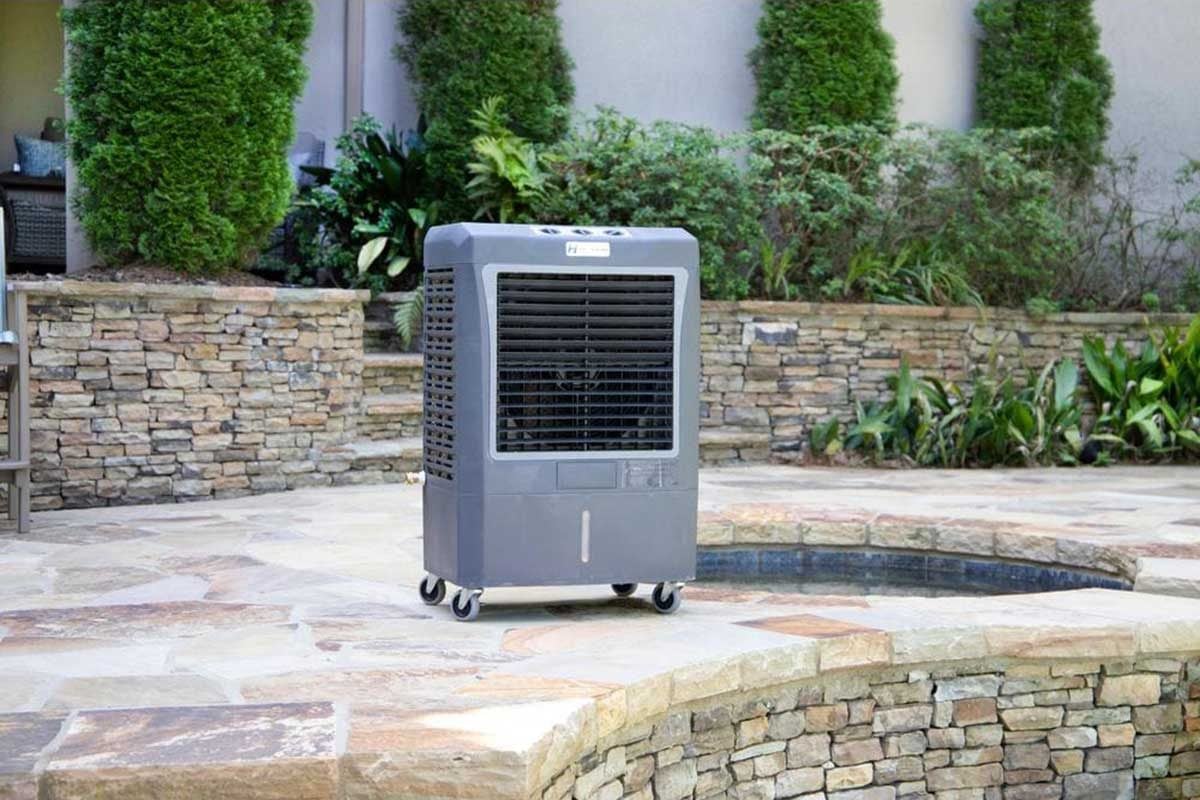
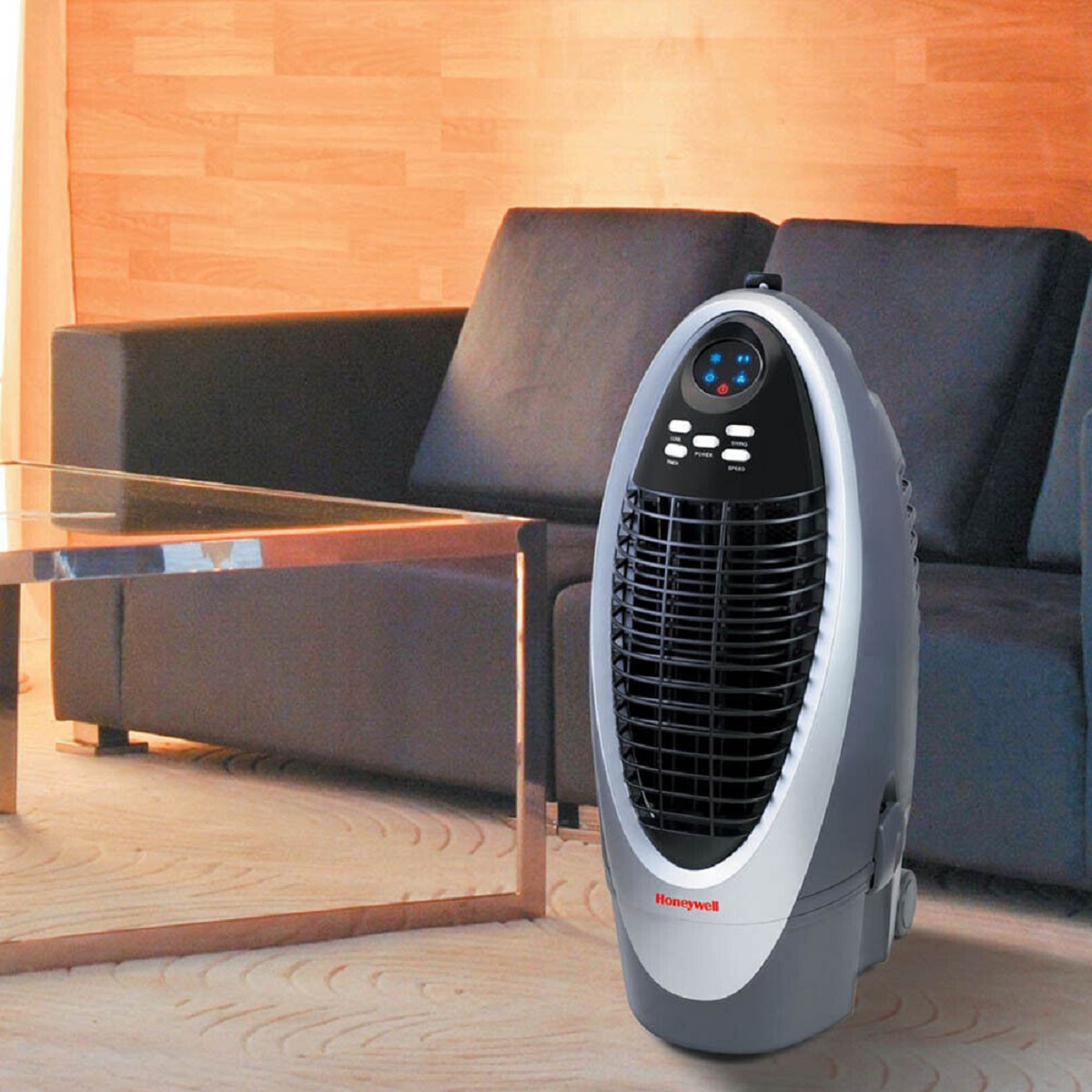
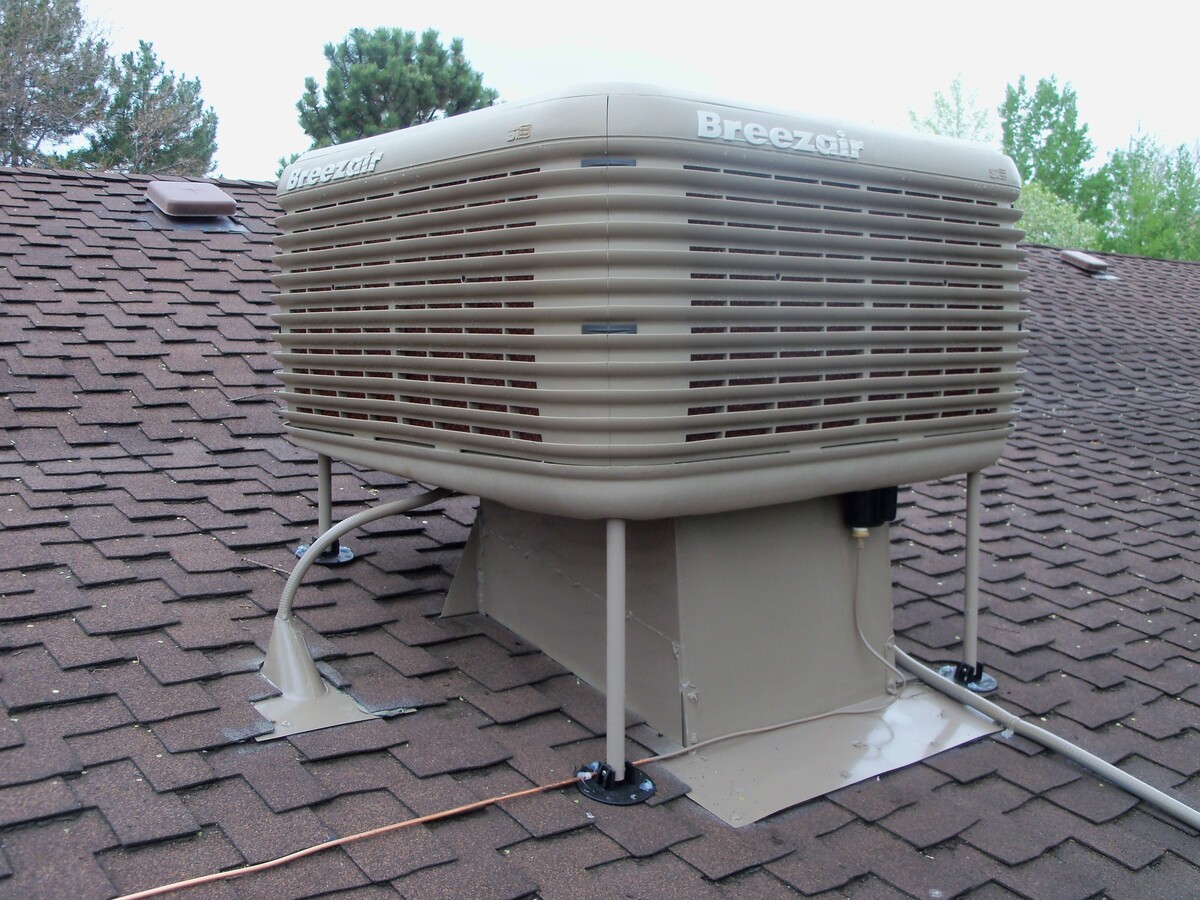
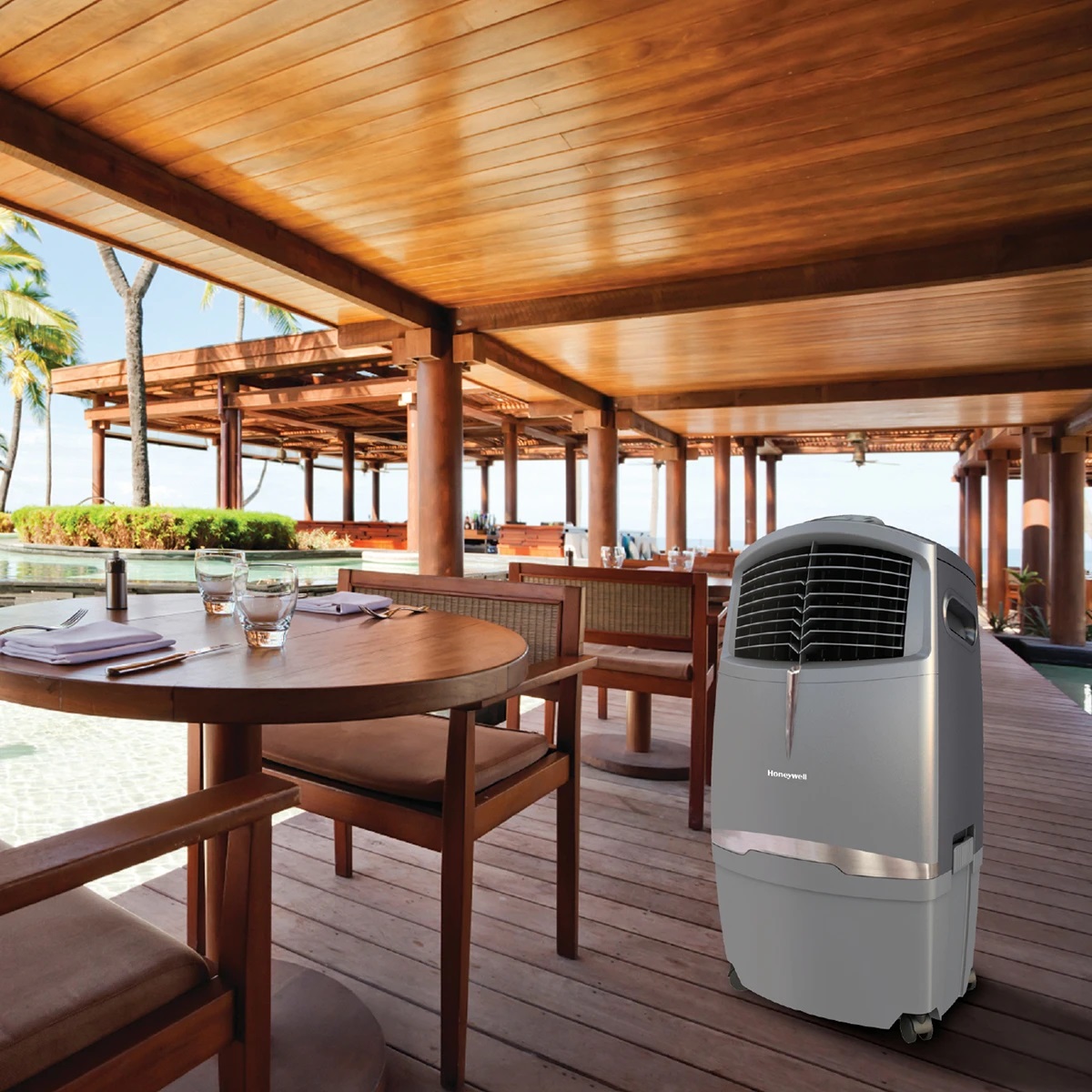
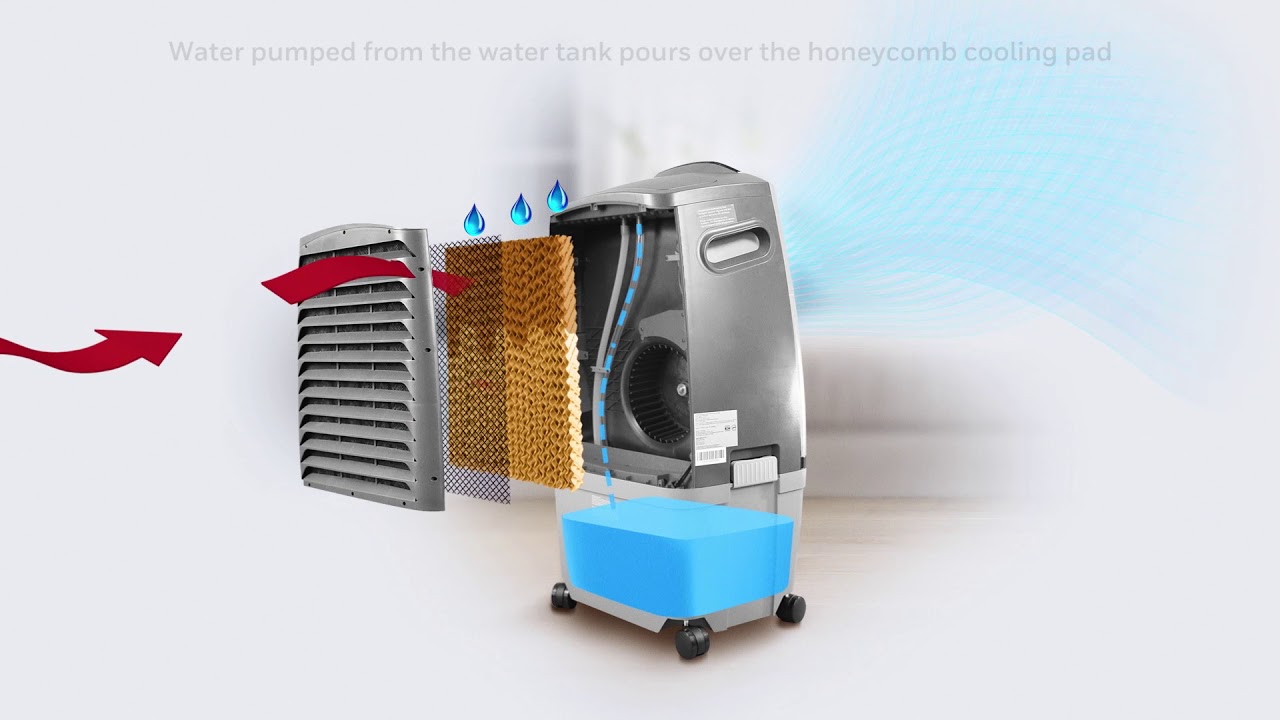
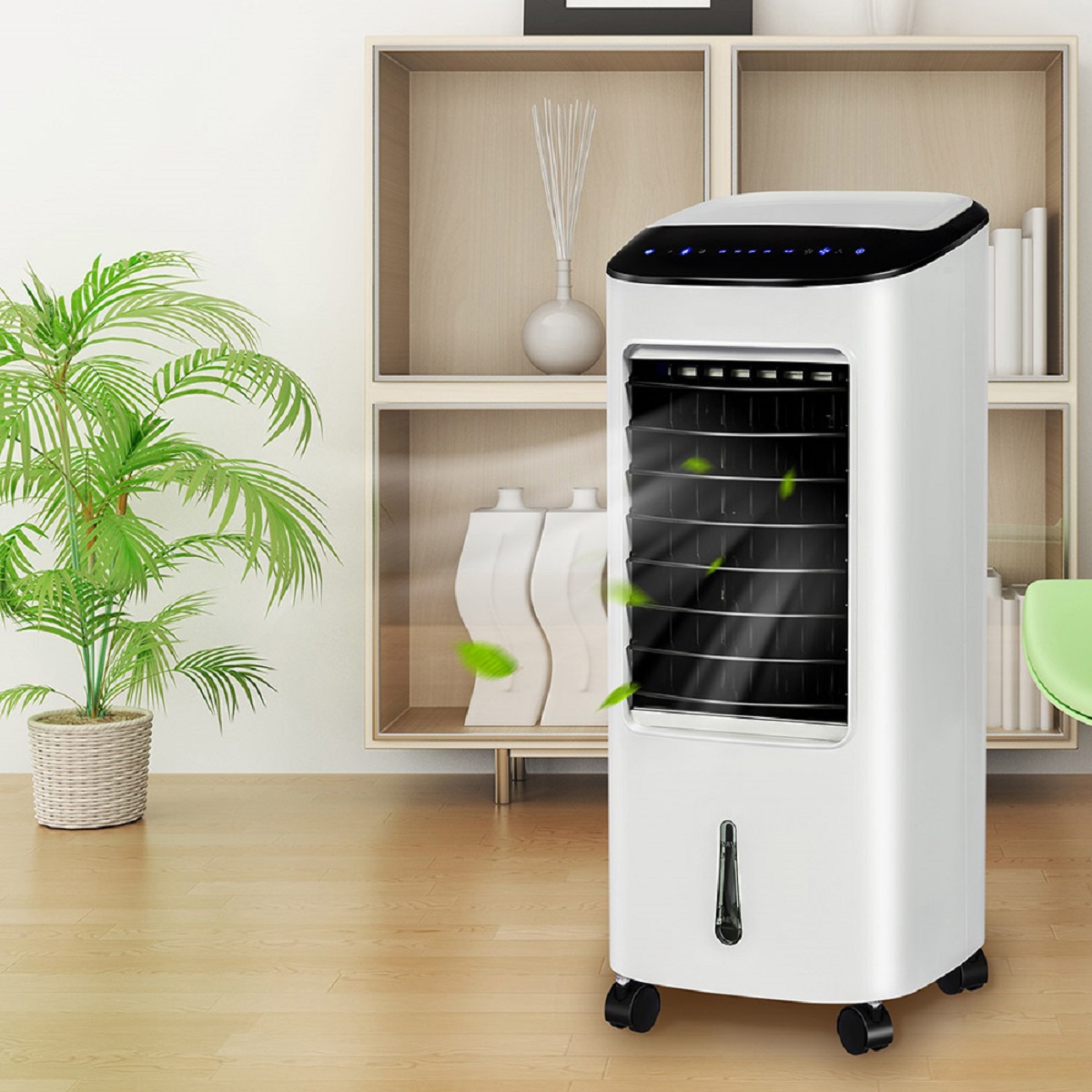
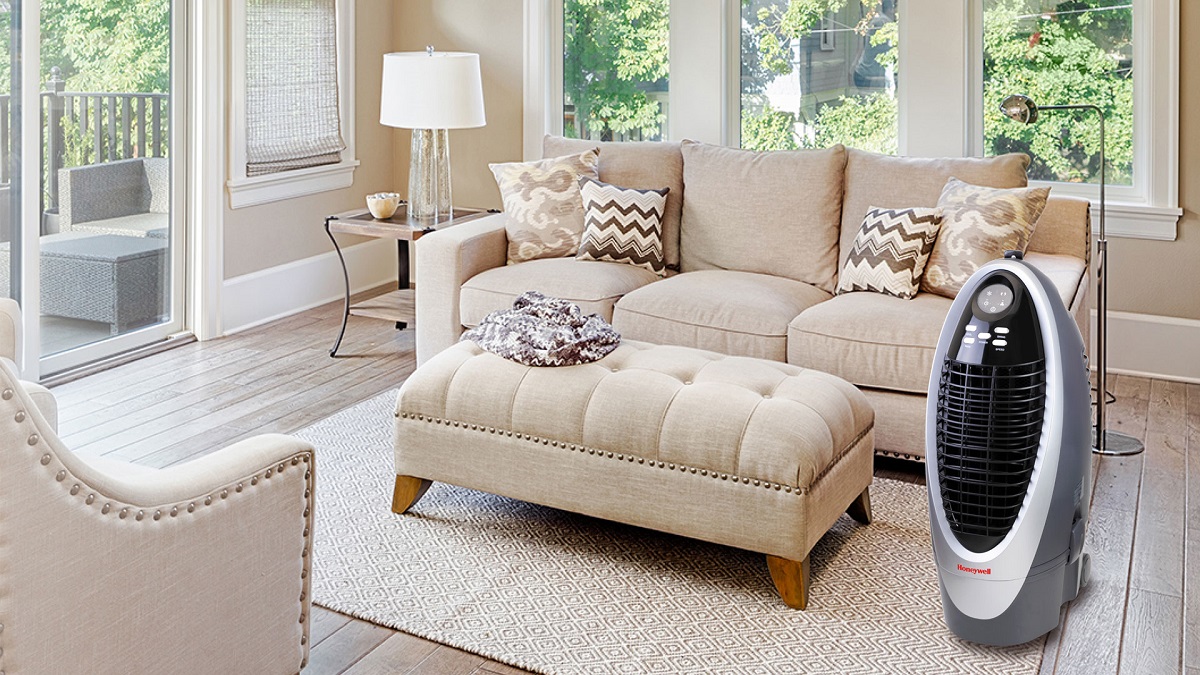
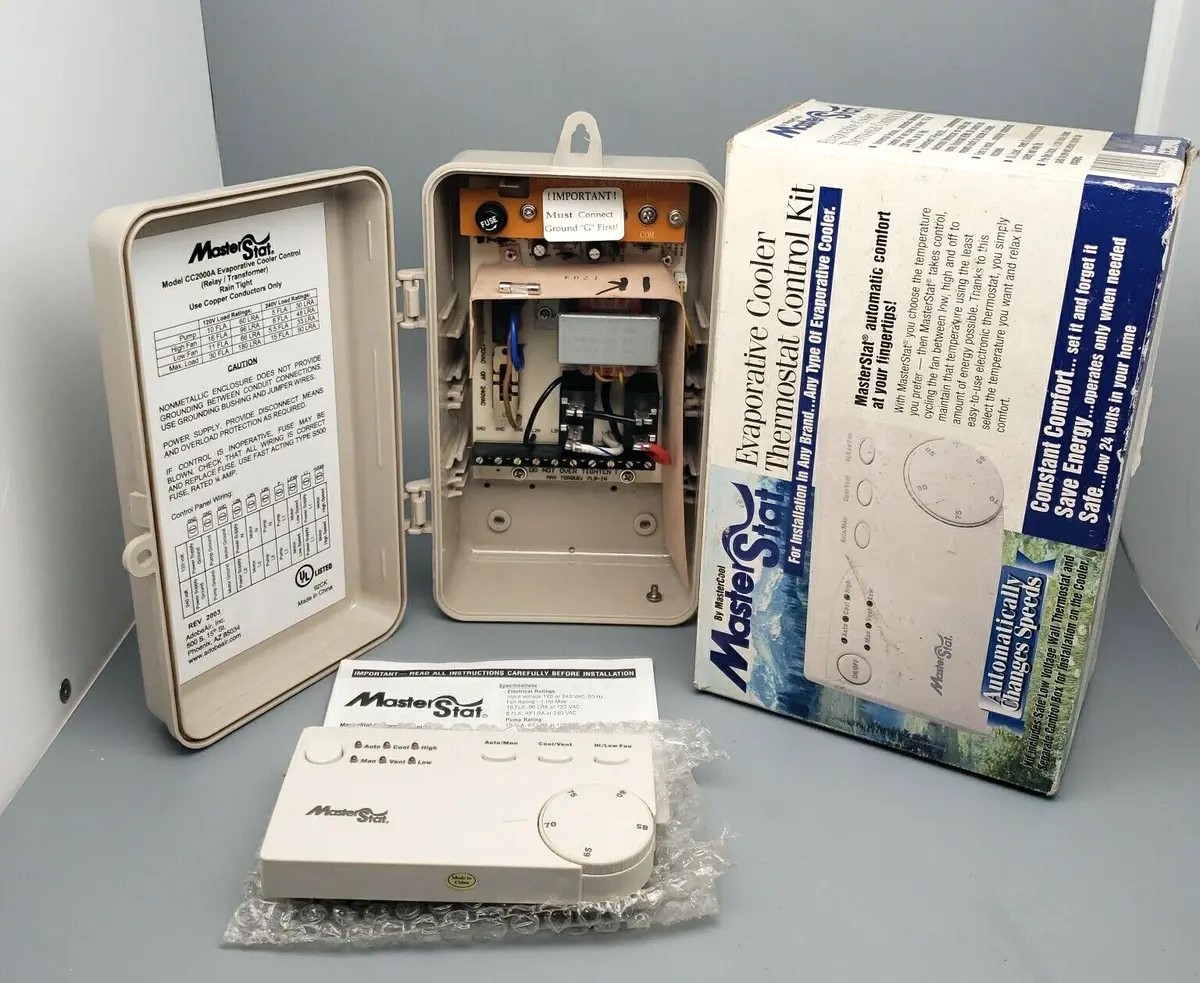
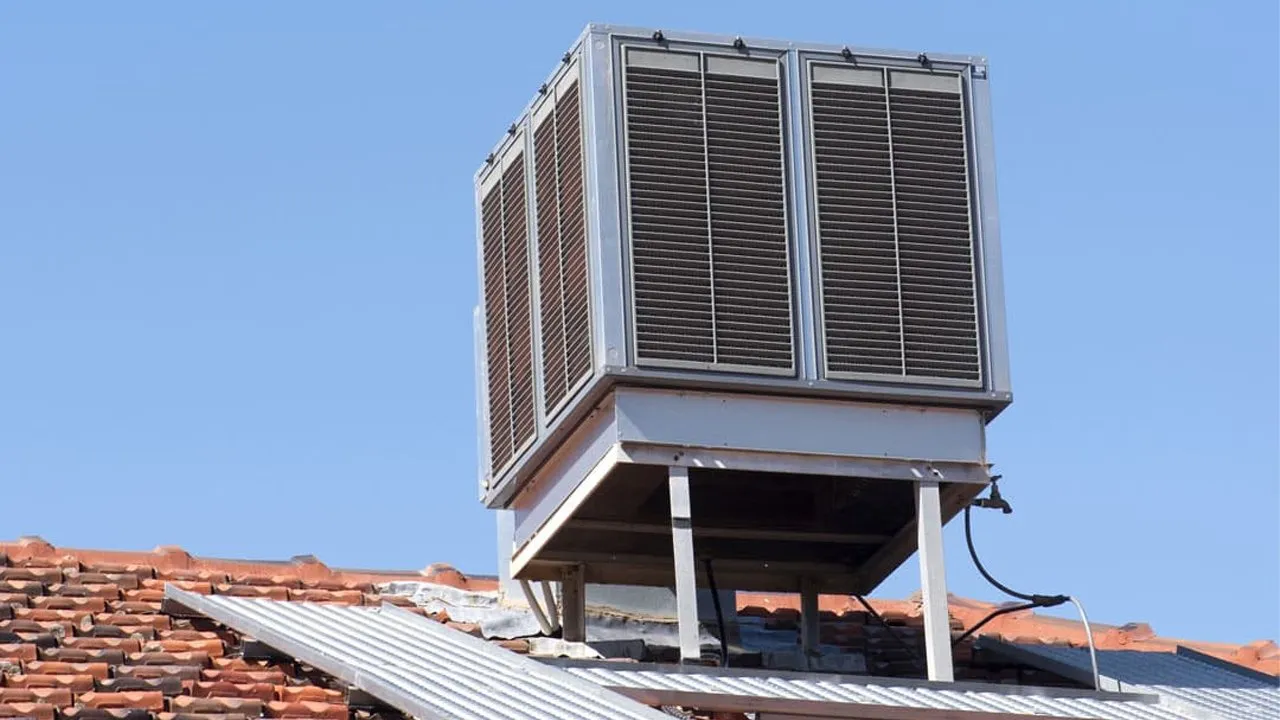
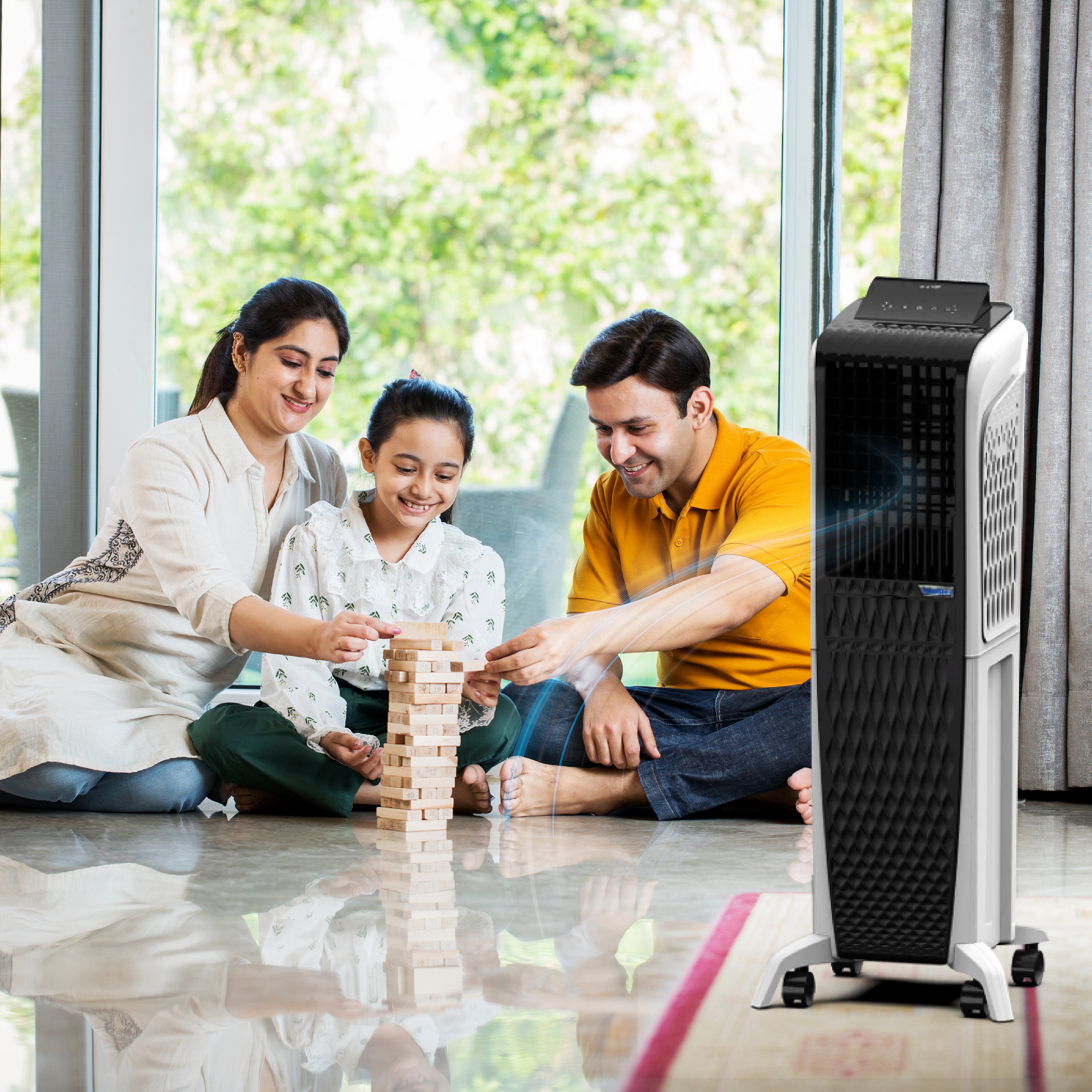
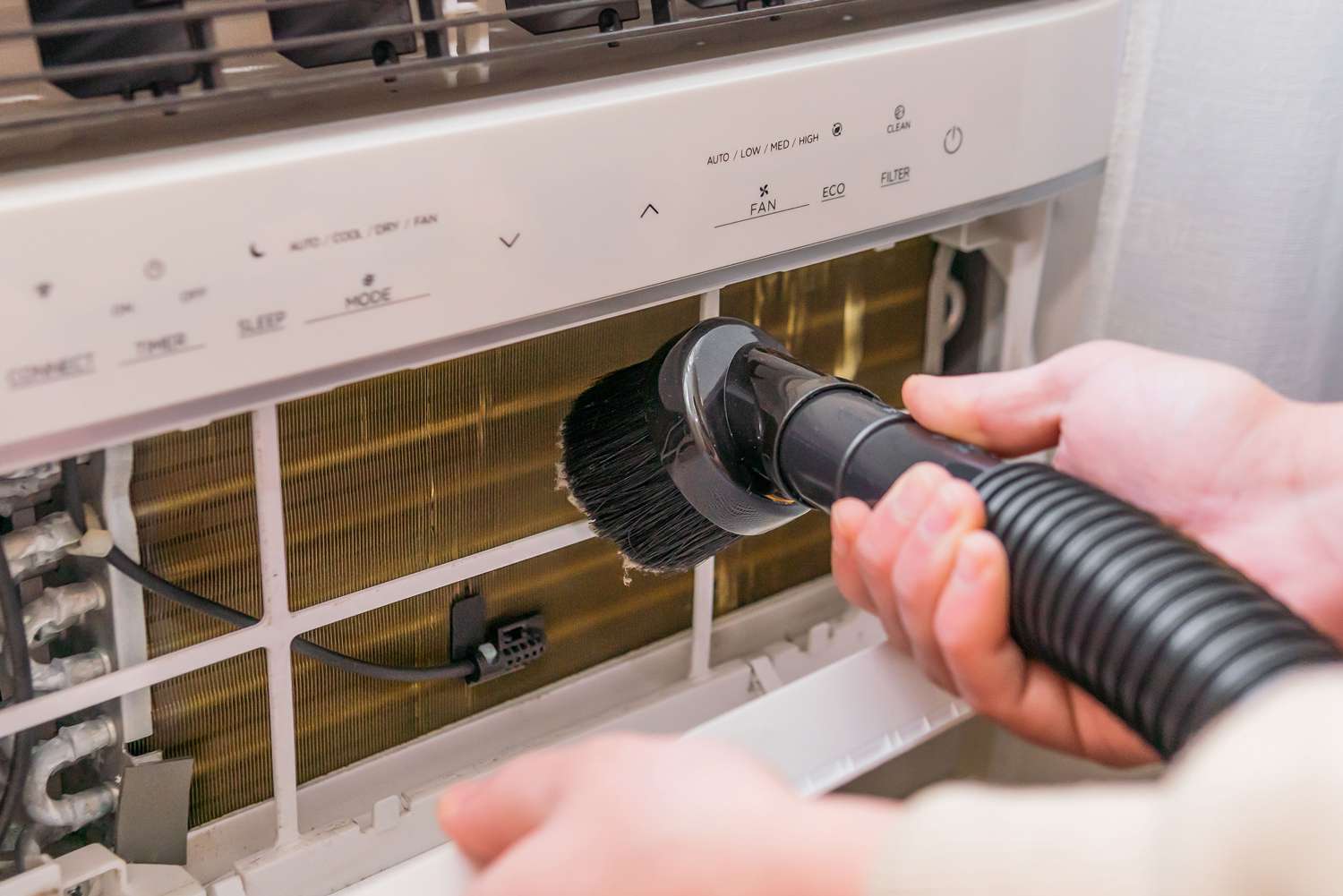
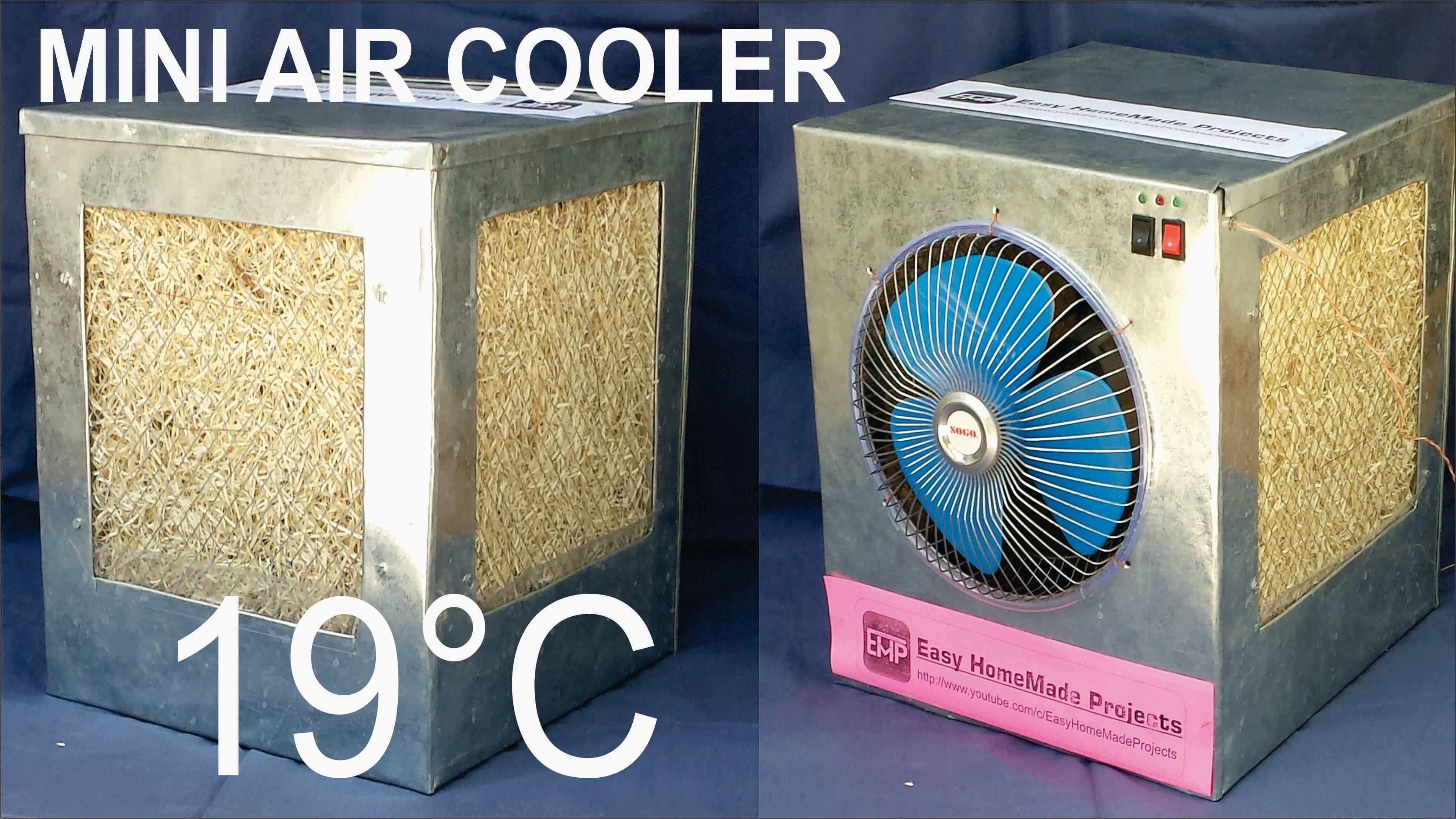
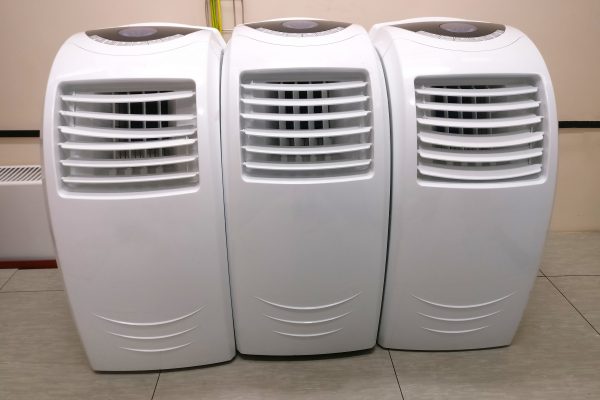
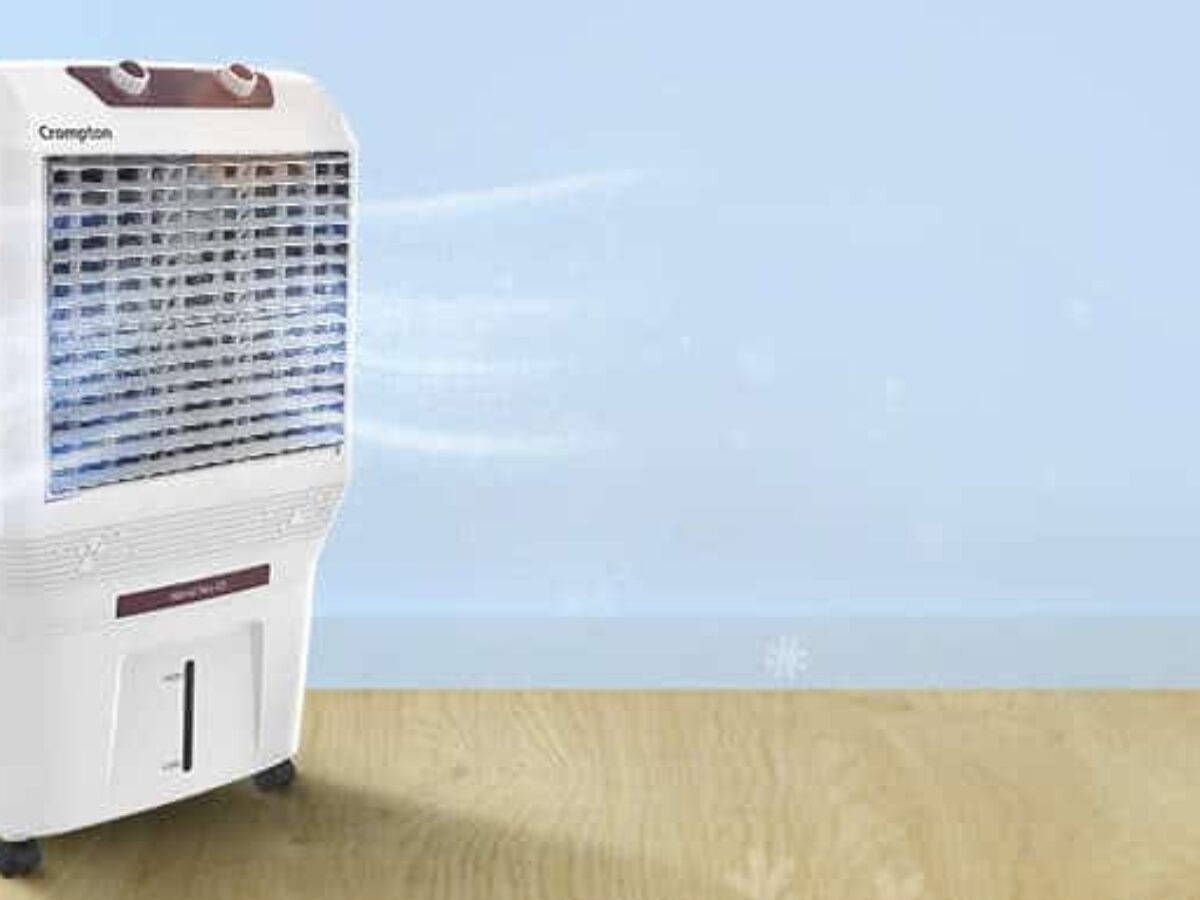

0 thoughts on “How Evaporative Air Cooler Works”